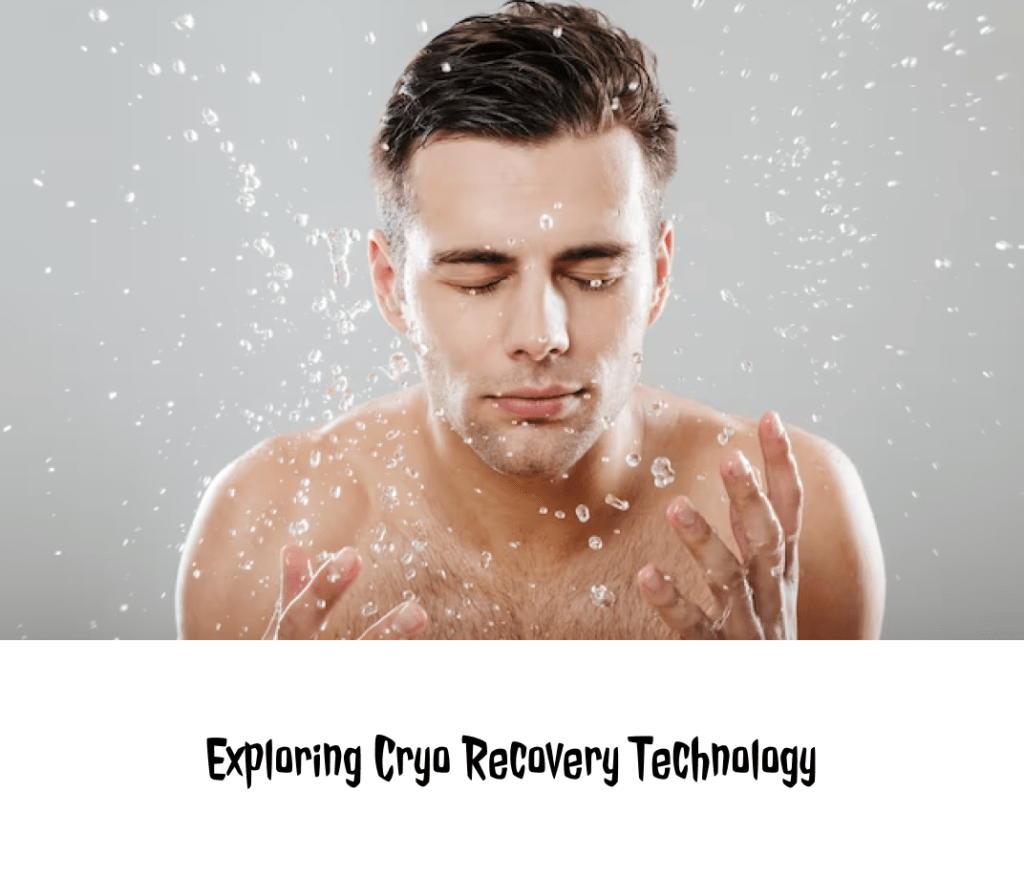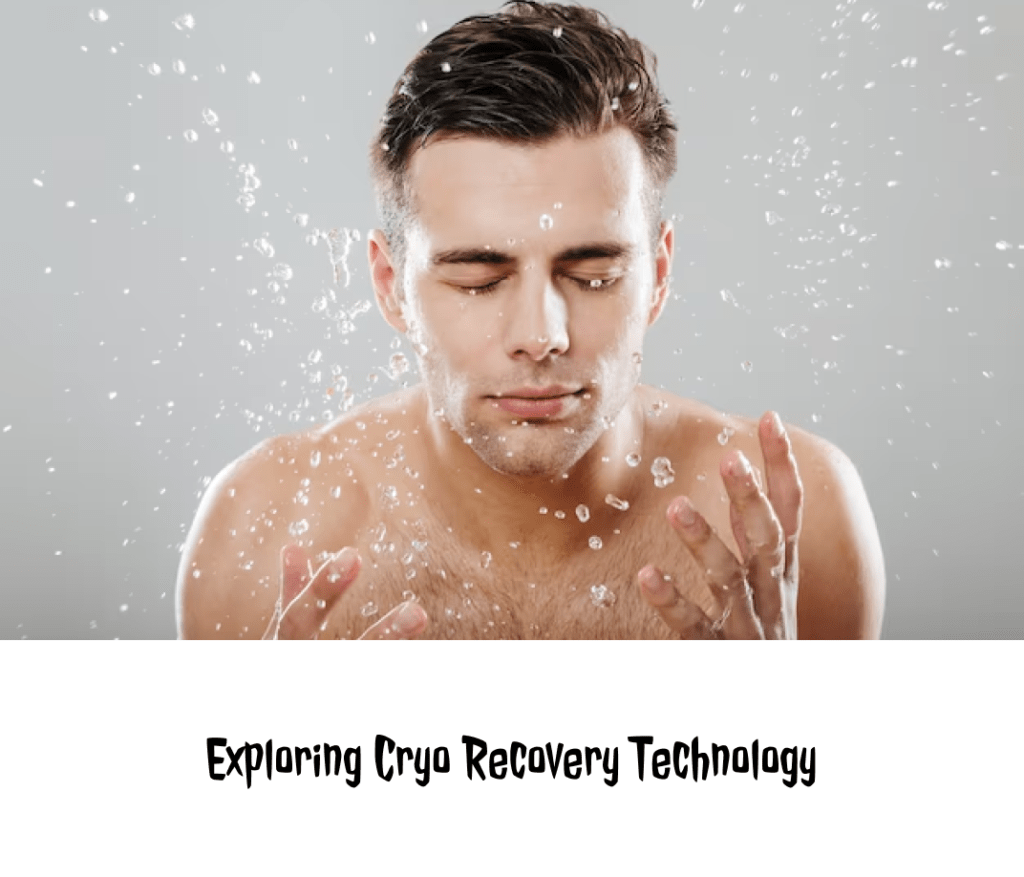Cryo Recovery

In recent years, cryo-recovery technology has gained significant attention and intrigue across various fields, from sports recovery to medical applications. This innovative method involves using extremely cold temperatures to aid in the recuperation, healing, and revitalization of the body. As people search for ways to optimize their health and wellness, questions about cryotherapy therapy recovery abound. Let’s explore some of the most frequently asked questions about this cutting-edge technology.
What is cryo-recovery technology?
Cryo recovery technology, also known as cryotherapy, involves exposing the body to freezing temperatures, typically through the use of specialized cryo chambers or localized cryo treatments. These temperatures can range from -100°C to -300°C (-148°F to -508°F) and are believed to stimulate various physiological responses in the body.
How Does Cryo Recovery Work?
The extreme cold triggers the body’s natural response mechanisms. When exposed to these low temperatures, blood vessels constrict, reducing inflammation and promoting the flushing out of toxins. As the body warms up post-treatment, enriched blood flows back, aiding in faster recovery.
What Are the Benefits of Cryo Recovery?
Advocates of cryo recovery tout numerous potential benefits, including accelerated muscle recovery, reduced inflammation, pain relief, increased energy, improved sleep, and enhanced skin health. Athletes often use it to recover from intense workouts and injuries.
Is Cryo Recovery Safe?
When administered correctly by trained professionals, cryotherapy recovery is generally considered safe for most individuals. However, following guidelines and avoiding prolonged exposure to extreme cold is crucial, which can lead to frostbite or other adverse effects.
Who Can Benefit from Cryo Recovery?
Athletes, fitness enthusiasts, individuals recovering from injuries, and those seeking overall wellness improvements may find cryo-recovery beneficial. However, it’s essential to consult with a healthcare professional before starting any new therapy, especially if you have underlying health conditions.
Are there any risks or side effects?
While adverse effects are rare, potential risks include skin irritation, frostbite in cases of overexposure, and, in very rare instances, allergic reactions to extreme cold. Pregnant women, people with certain medical conditions, or those with a sensitivity to colds should exercise caution or avoid cryotherapy.
How Often Should One Use Cryo Recovery?
The frequency of cryotherapy sessions varies based on individual needs and goals. Some people opt for regular treatments, while others use cryotherapy for recovery on an as-needed basis, such as after intense physical activity or to address specific issues.
Conclusion
Conclusion: Cryo recovery technology continues to capture interest as a potential tool for enhancing recovery, promoting wellness, and optimizing performance. While the concept of subjecting oneself to freezing temperatures might seem daunting, the benefits and safety of cryotherapy recovery, when administered properly, have intrigued many seeking alternative methods for health improvement.
However, it’s crucial to approach cryotherapy recovery with caution and under the guidance of trained professionals. Understanding its benefits, risks, and limitations is essential for making informed decisions about incorporating this technology into one’s health and wellness routine.
